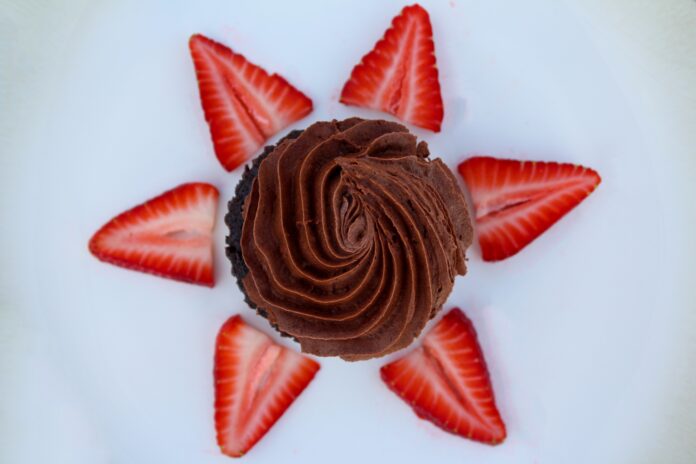Food has always been more than just sustenance; it is an art form that has been celebrated for centuries. From the ancient Greeks’ symposia to the Renaissance’s lavish feasts, food has been used as a means of creative expression. Today, the intersection of art and food is more prevalent than ever. With culinary art and food styling taking center stage.
Culinary Art
Culinary art is the practice of preparing and presenting food in a visually appealing and aesthetically pleasing manner. It involves the use of various techniques, including knife skills, plating, and food presentation, to create visually stunning dishes. The goal of culinary art is not only to create delicious food but also to elevate it to an art.
One example of culinary art is molecular gastronomy. Which involves the use of science and technology to create unique and innovative dishes. Another example is the Japanese culinary art of kaiseki. Which is a multi-course meal that is not only delicious but also a work of art.
Culinary art requires a great deal of creativity and imagination. As chefs often need to think outside the box to create something truly unique. Including use unconventional ingredients, experimental techniques, or unusual presentation methods to create dishes that are both visually stunning and delicious.
Food Styling
Food styling is the practice of arranging food in a visually appealing way for photography or film. It involves the use of various techniques, including the placement of food, and the use of props. And even the manipulation of lighting, to create images that are both beautiful and enticing.
Food styling is an essential part of the culinary industry. As it is often used in advertising, cookbooks, and food magazines. It is not just about making food look good. But also about conveying a particular mood or emotion through the images. For example, a plate of warm soup may be styled to look comforting and cozy. While a salad may be styled to look fresh and vibrant.
The Intersection of Art and Food
While culinary art and food styling are different practices, they share many similarities. Both involve the use of creativity and imagination to create visually stunning and aesthetically pleasing dishes. They also require a great deal of skill and expertise. As chefs and stylists need to have a deep understanding of food, ingredients, and presentation techniques.
The intersection of art and food has become increasingly important in the culinary industry. As consumers are looking for unique and visually appealing dining experiences. Chefs and stylists are constantly pushing the boundaries of what is possible. And creating dishes that are not only delicious but also beautiful and artistic.
Examples of the intersection of art and food can be seen in various culinary trends. Such as the use of edible flowers, colorful sauces, and intricate plating techniques. Chefs and stylists are also exploring the use of technology, such as 3D printing, to create new and innovative dishes.
The Impact of the Intersection of Art and Food
The intersection of art and food has had a significant impact on both the culinary industry and the art world. Chefs and stylists have become the new rock stars, with their creations being celebrated and shared on social media platforms. They have also influenced food culture, as consumers are becoming more interested in the visual presentation of food. And also the creative processes behind it.
On the other hand, the culinary industry has also influenced the art world, with artists incorporating food into their works. For example, artist Jennifer Rubell created an installation. In which visitors were invited to take a bite out of a giant cookie sculpture. Another example is artist Maurizio Cattelan’s 18-karat gold toilet. Which was installed at the Guggenheim Museum and offered as a functional toilet for visitors to use.
Conclusion
The intersection of art and food is a fascinating and important development in the culinary industry. Culinary art and food styling have created a new form of creative expression that goes beyond just taste and nourishment. This intersection has influenced food culture, inspired new culinary trends, and pushed the boundaries of what is possible in the culinary industry. As we continue to explore the possibilities of this intersection, it is clear that the art of food will continue to captivate and inspire us.
And as always folks be sure to check out the Global Growth Forum for more informative articles that give you insight into different industries. And folks also check out the Mojo Patrakar for some amazing articles in Hindi.



